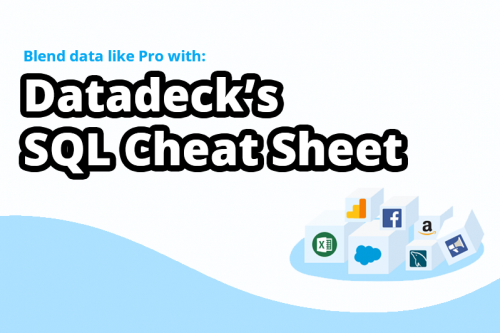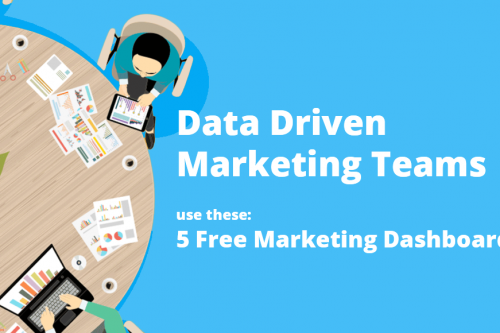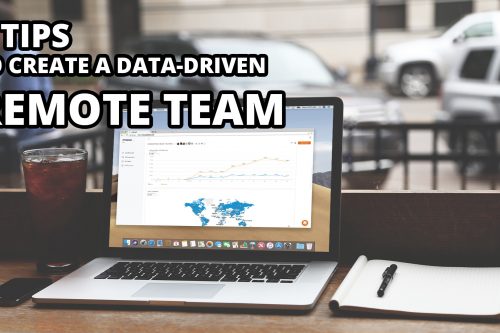What not to do if you want to use Analytics like a boss (not literally a boss)…

Analytics is taking over the world of business. Whether you are a pro or an amateur, there are some analytics traps that it is best not to fall into. Here, in no particular order are 7 analytics mistakes to avoid…
1. Asking bad questions
For analytics to be effective, you have to first formulate either basic questions to be answered by the data or hypotheses, that can either be proven or disproved by the data. If you are coming up with questions which aren’t relevant to your aims you can’t expect to gather any useful insights from your data. Asking “are sales on weekdays higher than on the weekends” might not be relevant to a business where half it’s stores are closed on weekends, unless this factor is taken into account.
2. Including Internal Traffic
It is amazing how many companies get this wrong. It is so easy to exclude irrelevant IP addresses in Google Analytics, and any reasonable Analytics software. Make sure that every IP address associated with your company (don’t forget mobiles!) is excluded from your data sets, or they could completely skew your results! Some of your employees may well be the most regular visitors to your site/app.
3. Using software that isn’t right for you
Some people are happy with using Google Analytics for their analytics needs, but for some it will be too complicated. For some companies, Google Analytics Premium will just be too expensive. Some people just need to visualize their data in a simple way, but Tableau is too complicated. People looking for something simple to set up, which gathers all their data in one place, might want to use something like Datadeck. Just be careful to use a platform that is right for you. Once you have entered all your data, it can be annoying having to set up shop somewhere new.
4. Relying on static user data rather than behavioral data
Some data that is gathered will relate to user properties that don’t change over time. These will most often be things like gender, nationality, sign-up date, level of education, amongst many others — and these are certainly important. But where you are most likely to build an ongoing improvement on your KPIs will be the more dynamic properties — how customers interact with you or your systems, their learning process, their changing interests.
5. Not priming your employees for the new software
Analytics software can be an expensive investment, and a hassle to learn. If you don’t carefully show your employees the aspects of their jobs that can be made easier by their new analytics and BI software options, then you are shooting yourself in the foot. Employees should be eager to start digging into data so they can make more effective marketing campaigns, see how to improve their hiring practices, understand their team’s success, etc etc.
6. Too many KPIs
One can get carried away with all the possibilities data can bring — especially with complex tools like Google Analytics. One problem a lot of companies have, or even people just fixing up their blogs, is trying to chase too many waterfalls. Don’t go chasing waterfalls. Better to stick to the metrics and the KPIs that you’re used to. It’s better to focus on a smaller amount of data sets and hypotheses and derive some real actionable conclusions than try to keep tabs on everything. Then you’re just playing god.
7. Keeping Analytics at Arms Length
Many managers are tempted to just hand over analytics duties to an analytics specialist. They will just demand some sort of actionable plan of action, and expect to be warned of anything that looks hazardous. This is something which is changing rapidly, and all managers should have a grip on at least some basic KPIs. They should be able to measure performance and have an overview of what is going on. If they need something more technical, sure, ask a specialist. With lots of simplified analytics tools on the market, there is no excuse for not at least checking in on your figures once in a while.
So there you have it. A non-exhaustive list of some of the most important things to avoid when dealing with the big world of analytics. Are there some no-nos you are particularly wary of? Let us know in the comments below…






嗨,这是一条评论。
要开始审核、编辑及删除评论,请访问仪表盘的“评论”页面。
评论者头像来自Gravatar。
We believe that just a able correspondent can ship academic ease that’s nothing stubby of perfect http://collegeagent.me/2017/12/11/four-or-five-states-of-learning-bogglific-on/ and brings the best results. Erp implementation case study cadbury. Every online essay journo in our network has a strong track-record of providing into and penmanship support to students. Describe a village scene essay